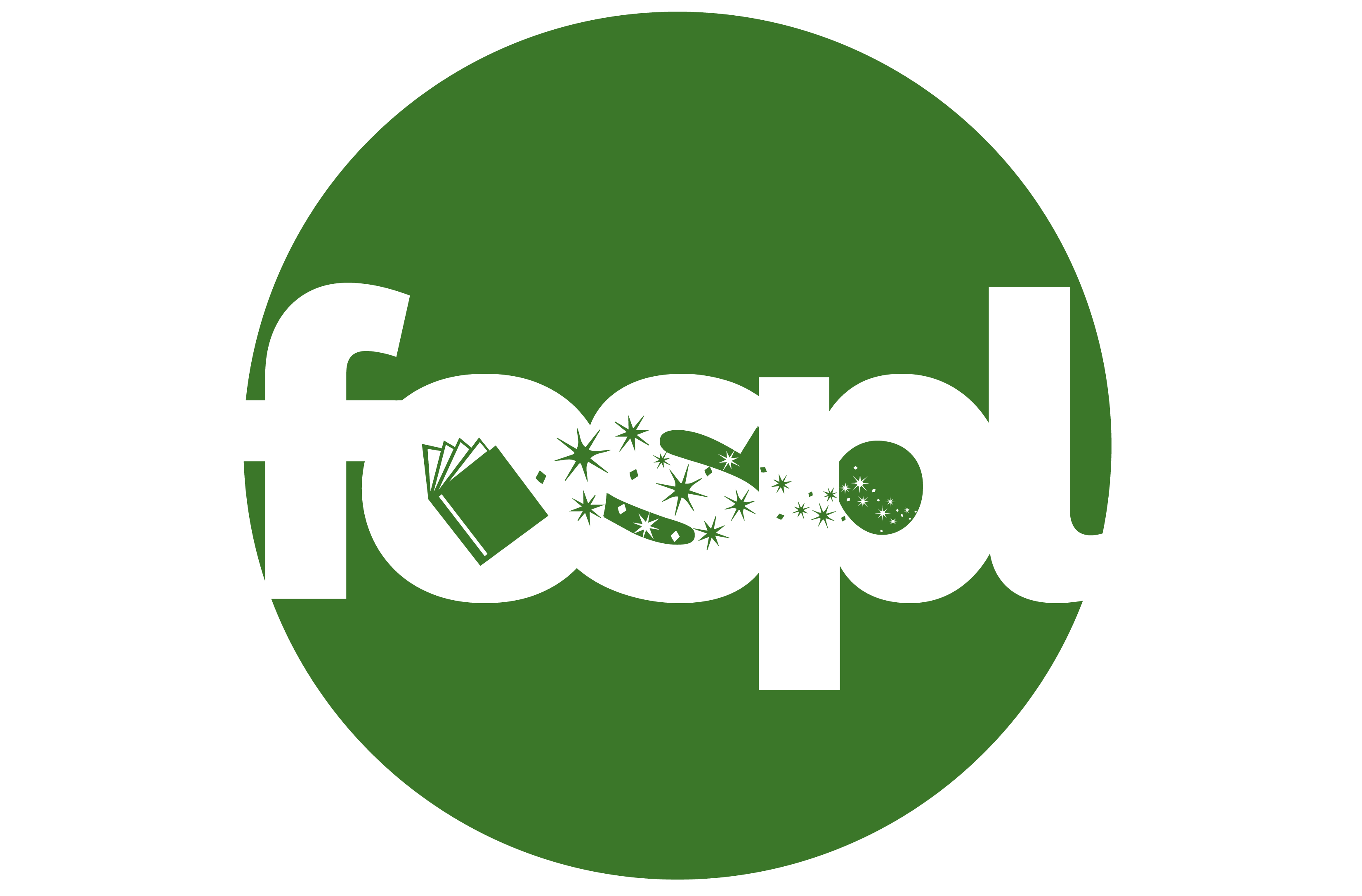From our favorite guest blogger:
It is interesting that written languages of the world all need to communicate the same ideas, but they have extremely different approaches. Take for example this very straightforward fact: there are more sounds in English than there are letters to express them all. For example, in English we have long vowels, pronounced like the name of the vowel, and short vowels:
For example, we have short a in “bat” and long a in “bait.”
We have short e in “bet” and long e in “beet.”
We have short i in “bit” and long i in “bite.”
We have short o in “bot” and long o in “boat.”
From our earliest exposure to reading, we learned that single vowels in a short word have a short vowel sound but two vowels in a short word have a long vowel sound.
~
So what happens in languages such as German where a vowel has a single sound?
How does German indicate all the other sounds, since there are more sounds than available letters? German introduced the umlaut symbol, two dots over the vowel: ä.
These two dots tell the German reader that the vowel sound has changed.
Therefore, the German word for “man” is “Mann” and the vowel is pronounced quite differently for “men” as in “Männer”.
The German word for “already” is “schon” and the vowel is pronounced quite differently for “beautiful” as in “schön”.
~
The French are not to be outdone, and they borrow this same symbol, now called a trema, to indicate a different sound. A trema indicates two vowels that might sound differently as a pair, but in this instance, the two vowels are to be pronounced separately.
For example, the French name for a central African country is Zaïre, pronounced as “zay-ear,” two separate vowel sounds.
Their word for Christmas, “Noël”, is pronounced “no-ell.”
A girl’s name “Zoë” is pronounced “zo-ee”.
We can explore the use of these two dots in books of the world languages department of the Seattle Public Library. Here are two examples at the library:
Die Märchen der Brüder Grimm (Fairy Tales of the Brothers Grimm) and L’imagerie de Nöel (The Images of Christmas).
Of course, English has appropriated the symbol of two dots also, not to express vowel sounds but to express probable money loss and possible weight gain:




